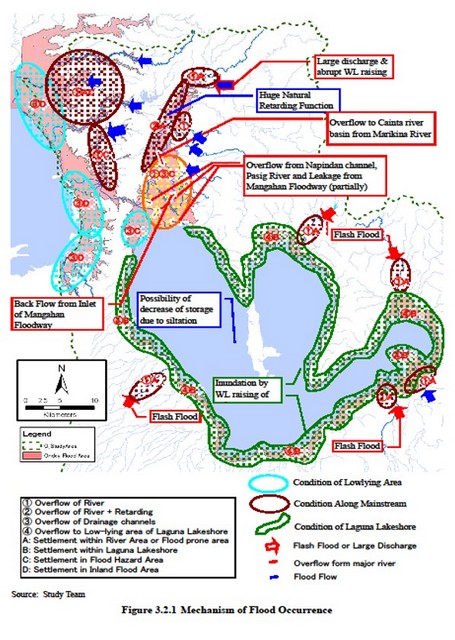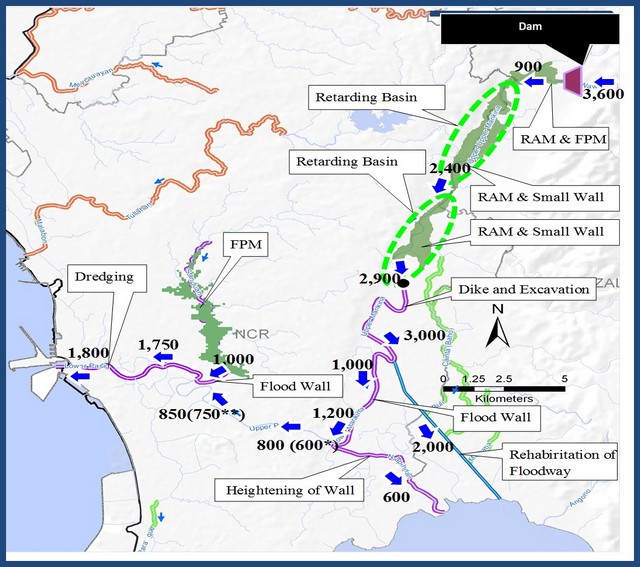ADVERTISEMENT
Filtered By: Scitech
SciTech
Urban poor on Manila flooding: How about us?
By Shaira F. Panela, GMA News
A few millimeters of rain and parts of Metro Manila turn into waterworld. Experts say it's a perennial problem, due Mega Manila's location and height plus rapid urbanization and exponentially increasing population density.
The government recently approved a P351-billion flood management master plan for Metro Manila and its surrounding areas, seeking to mitigate the impact of flooding.
But the important question is, What do you do with the surrounding population?
'How about us?'
Urban poor groups raised the pressing issue of relocation in a consultation attended by about a hundred representatives from various urban poor settlements, non-government organizations, and international aid agencies, as well as the Department of Public Works and Highways (DPWH), the Metro Manila Development Authority (MMDA), the Department of Budget and Management (DBM), and the National Housing Authority (NHA) held at Ateneo de Manila University on Oct. 9.
"This proposed flood control master plan arouses controversy among the poor as it will affect 773,000 informal settlers in the National Capital Region and 294,000 Laguna Lake settlers," said Filomena Cinco, Nagkakaisang Mamamayan ng Legarda president said.

Flood risk map
According to the DPWH presentation of the Flood Management Master Plan, three major reasons for flooding in Metro Manila and adjacent areas are:
- (H)uge volume of water coming from Sierra Madre,
- drainage capacity constraints in core area of Metro Manila, and
- low-lying communities around Manila Bay and Laguna Lake.
Informal settlements are usually found beside rivers, estuaries, and along low-lying areas, making them vulnerable to flooding.
The Urban Poor Alliance (UP-All) said in their statement that they "call for a clear and acceptable plan for the affected families; (and) concrete resettlement action plan for each community that needs to be relocated."
In their statement, UP-All clarified that while they are in favor of the government project, they are just concerned about the future of the residents that will be relocated as their livelihood will also be affected.
Flood management plan details
Head of Major Flood Control Projects, Dir. Patrick Gatan of DPWH revealed the components of the master plan.

Mechanism of flood occurrence
According to the presentation, the plan is composed of various projects which include structural measures for rivers, waterways and the Laguna de Bay, improvement of urban drainage system, flood information and warning system, solid waste management, and reforestation and watershed management.

Flood plan
Gatan noted that some parts of the project have no concrete details to date as they are still on the planning stage.
Meanwhile, the DPWH presentation emphasized that improvements on the Pasig and Marikina river banks, and the construction of a dam in Marikina are among the highest priority of the department.
Source of funds
The P351-billion project is funded by the national government, with aid from World Bank, Japan International Cooperation Agency, AusAID and UN-Habitat Philippines.
Representatives from these international agencies also joined the consultation to determine how they could accommodate their concerns in their projects. — TJD, GMA News
More Videos
Most Popular




